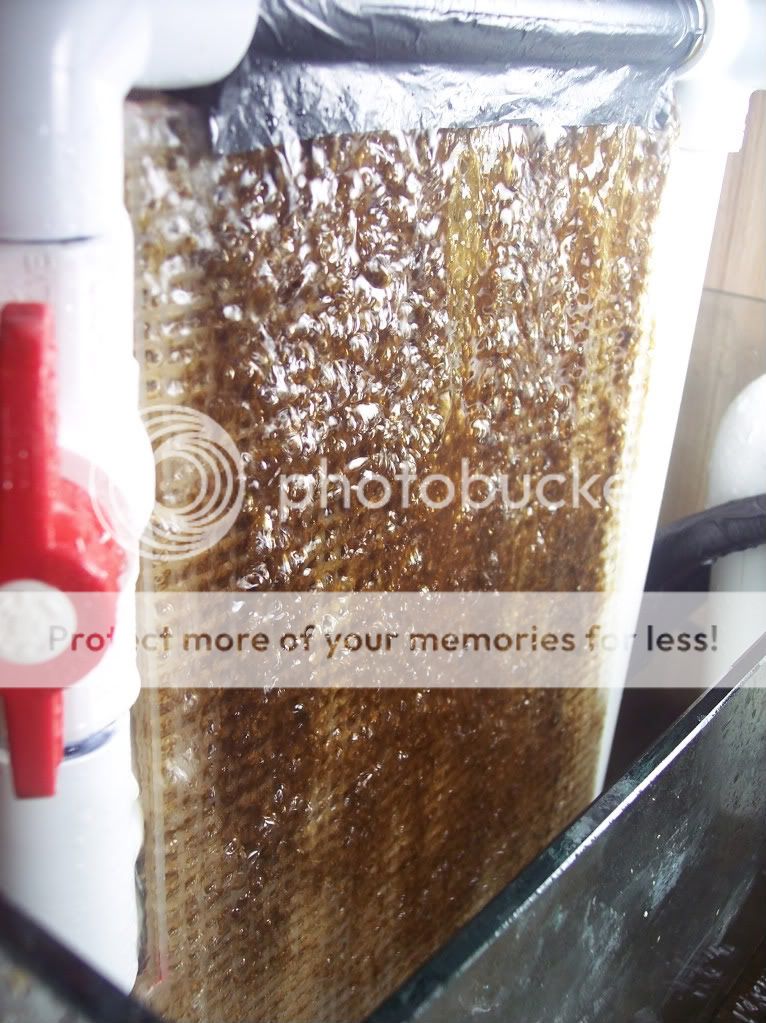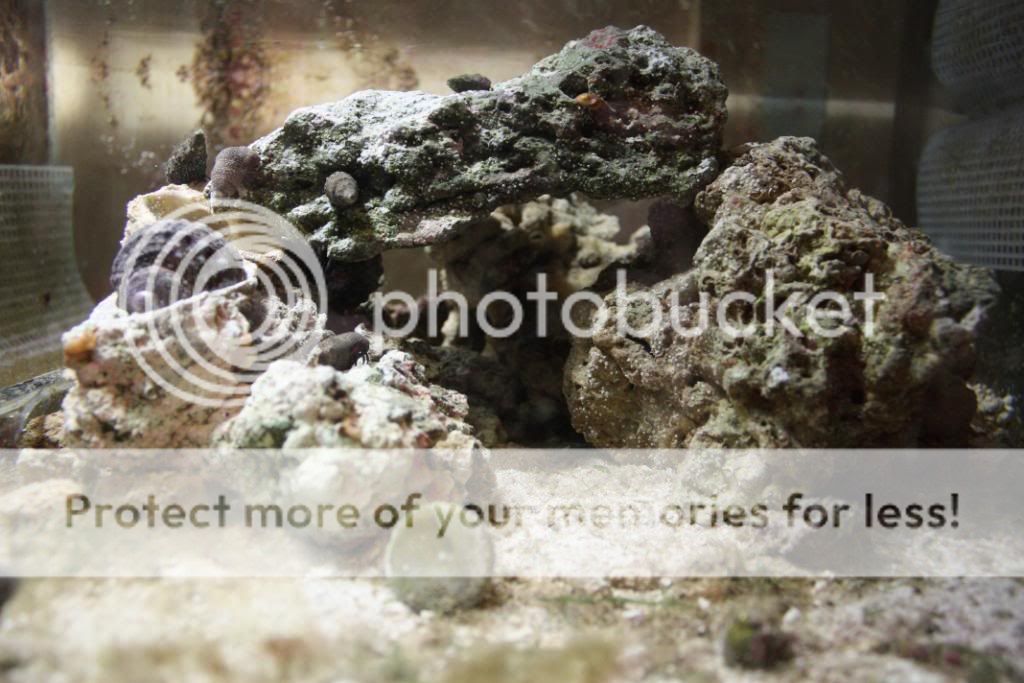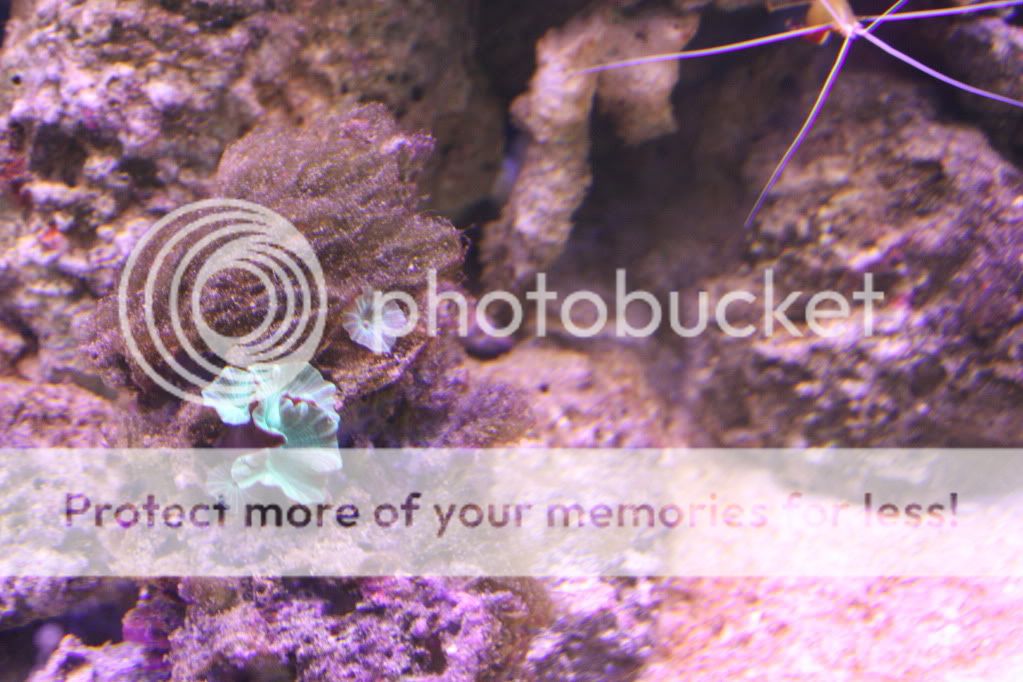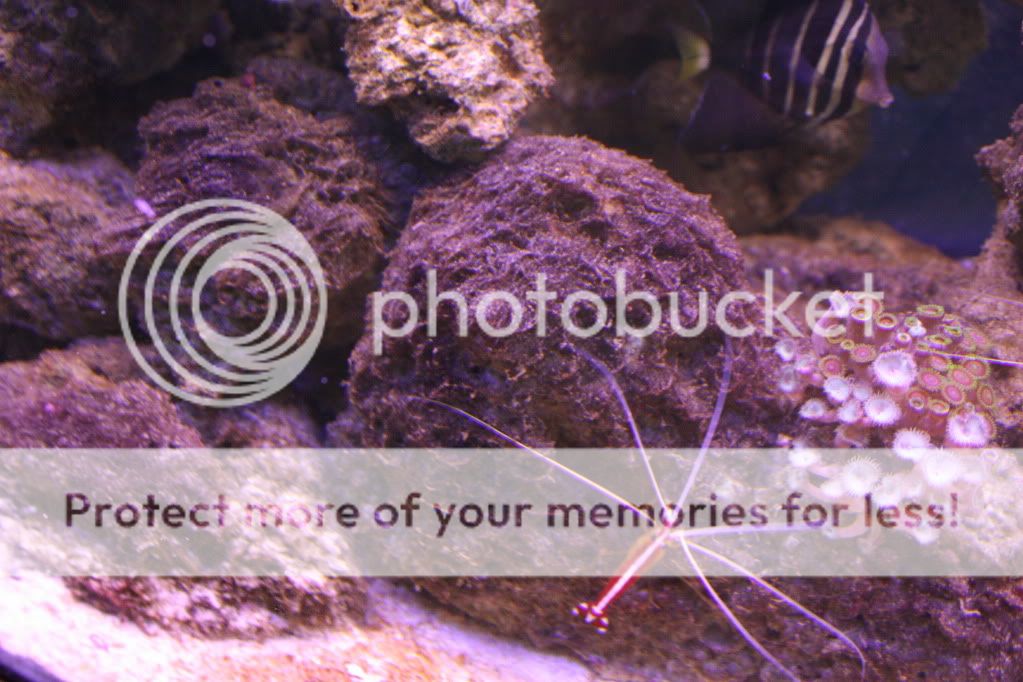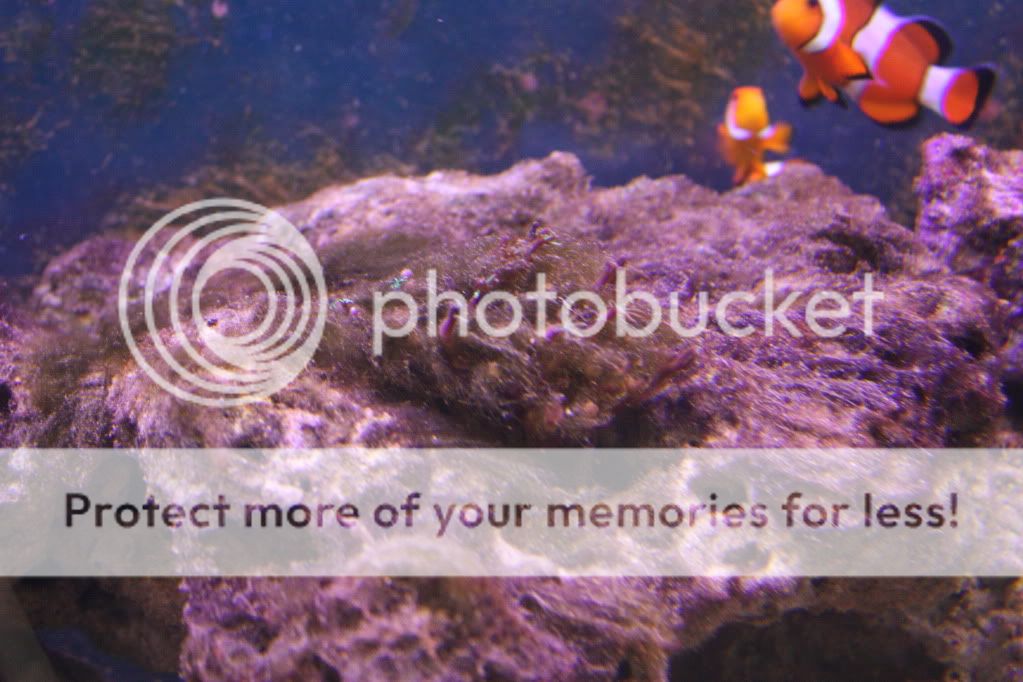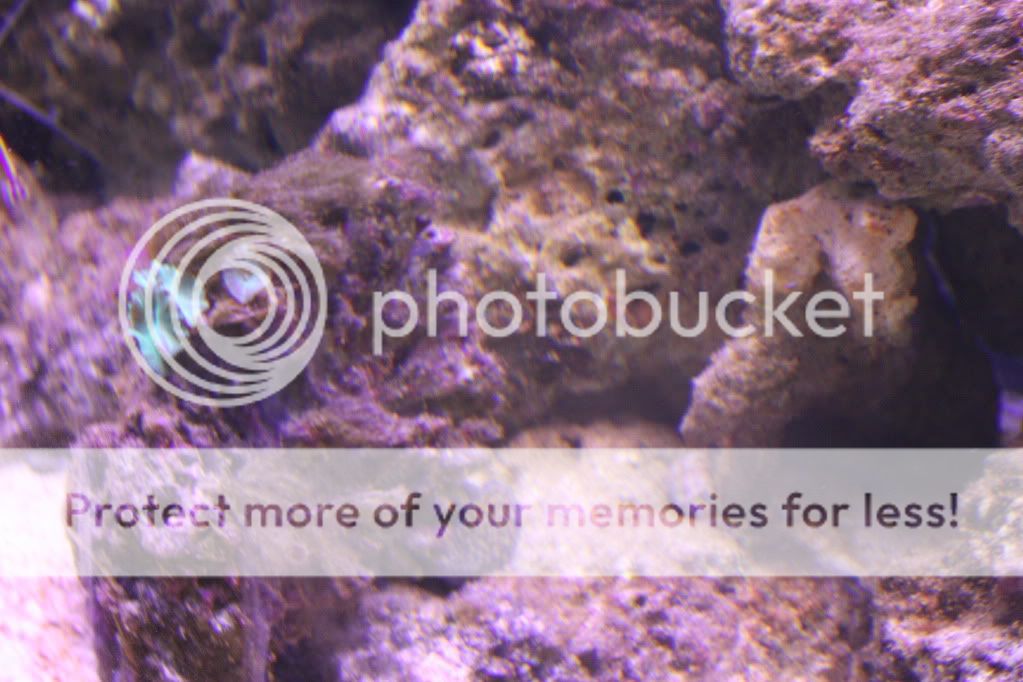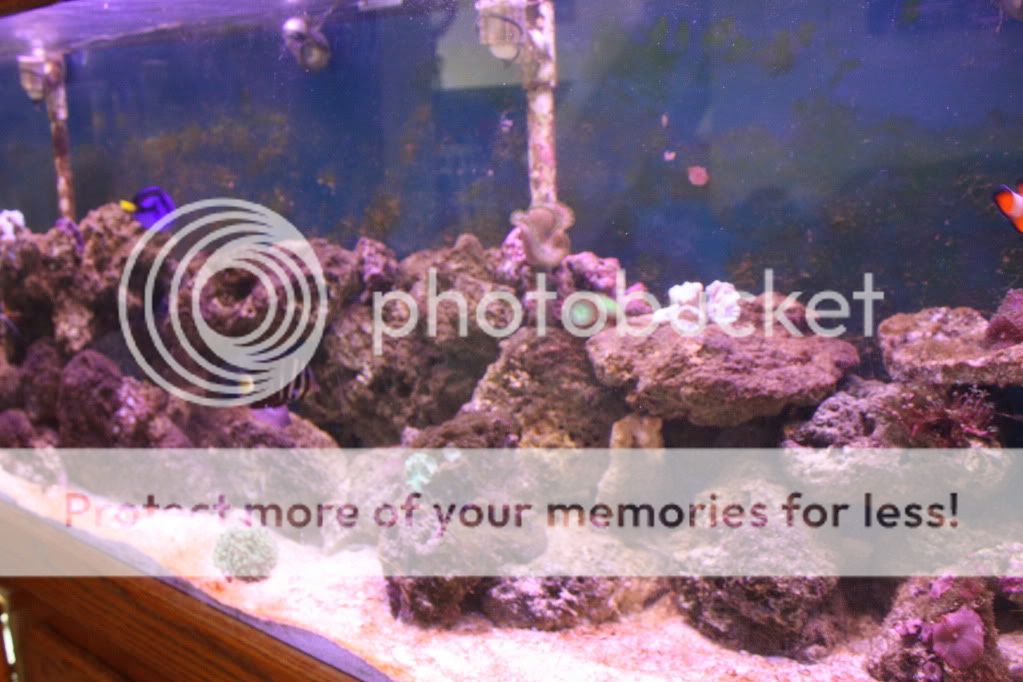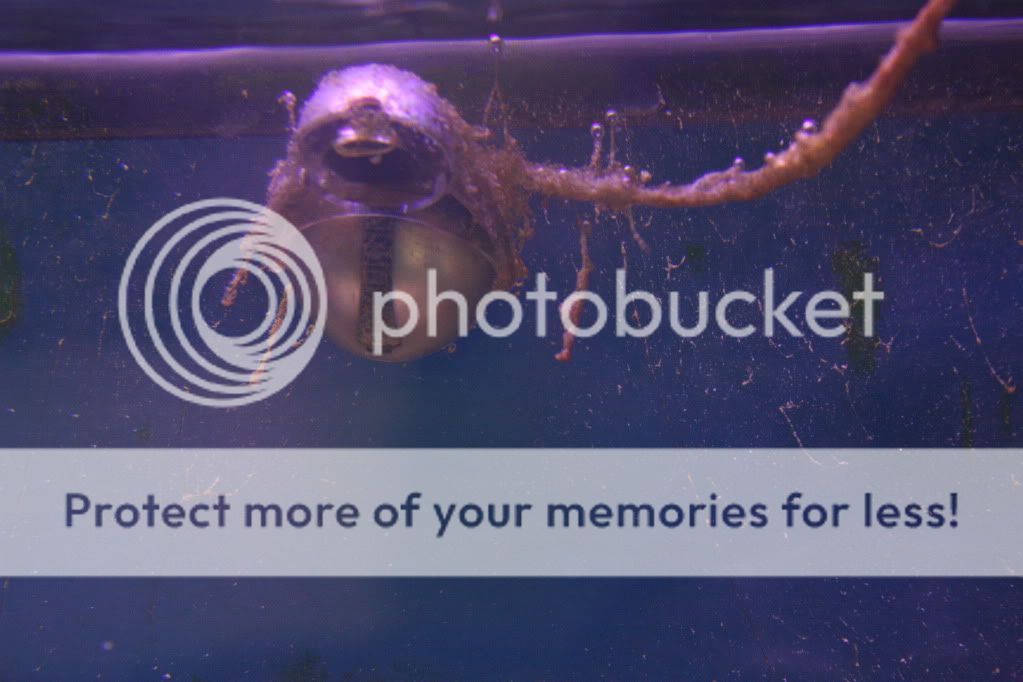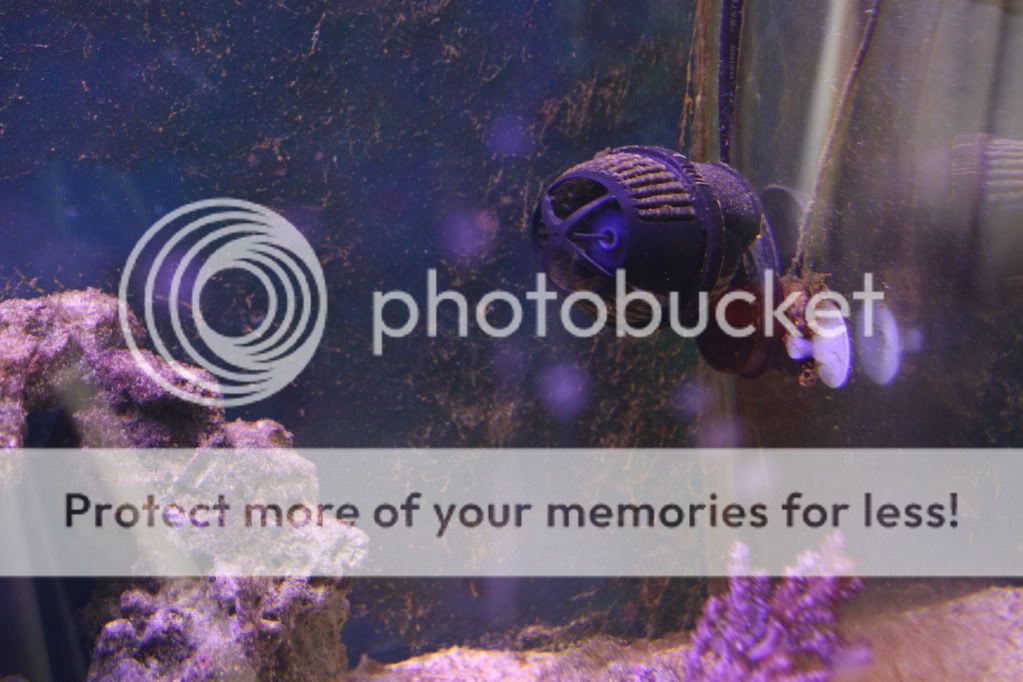andysgirl8800
Blenny Badlands
Hi everyone! First, I apologize for the extremely long post, but I believe it will help many people.
I wanted to use this thread to chronicle my efforts to eradicate the various algae outbreaks currently running rampant in my aquarium. I hope that this thread may help my fellow and future reefers avoid some of the mistakes that led to the state of my tank today. By providing a detailed account of the circumstances leading to my tank conditions today and the steps I am taking to correct this situation, other aquarists may be able to use this post for suggestions on battling their own algae outbreaks. Hopefully by the end of this post, I will have my beautiful aquarium back again. I would also like to quickly point out that the methods that work (or don’t work) for me may perform differently in your situation and I encourage you to research all your options thoroughly before taking any action on your own tank.
I should first start at the beginning. I set up my 125 gallon, bottom drilled tank last February, 2009. It was then that I made my first (and probably most influential) mistake: I filled my shiny new tank with 100 gallons of dechlorinated tap water. This was, of course, before I discovered this wonderful forum! Like most of my equipment, my lighting fixture was bought used from Craig’s List. It featured 3, 175 watt metal halide bulbs and 2 72” VHO actinic bulbs, one white and one blue. This sets me up for my second mistake….not immediately replacing the metal halide bulbs. I had no idea how old they were, and, at the time, didn’t understand that their light spectrum changes as they age. I figured, they were not burned out and cost anywhere between $50-120 per bulb to replace, so why do it now? I did, however, replace both actinic bulbs.
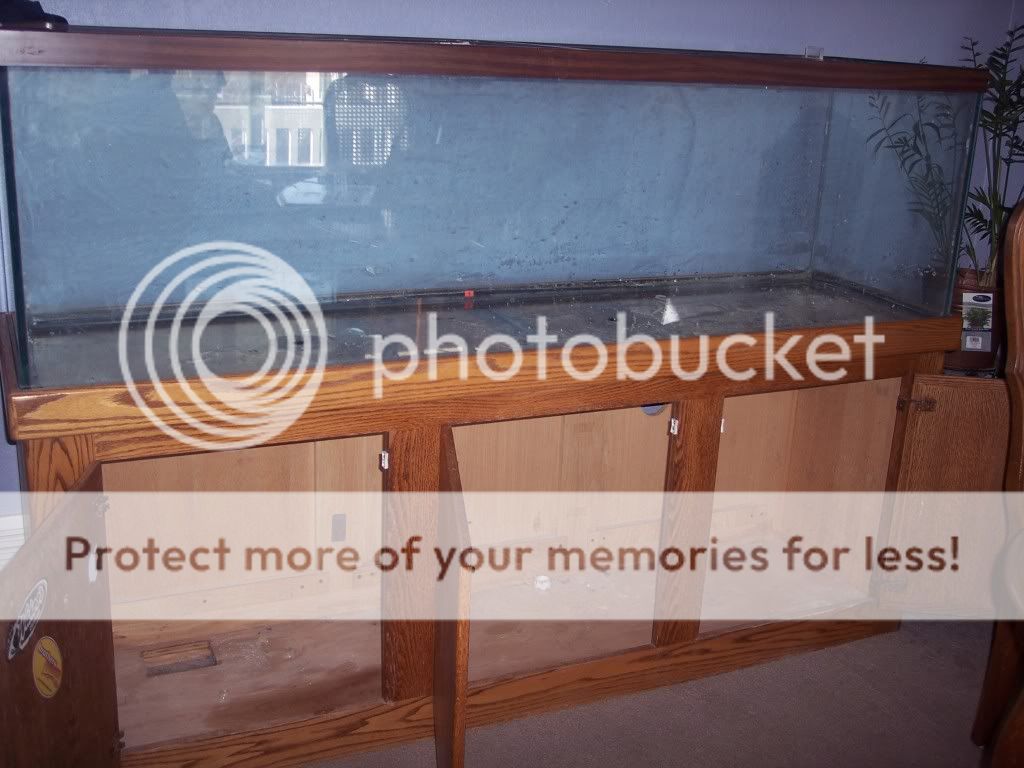
At the same time, I installed and set up my 40 gallon sump. Here’s where I made my third mistake (I think). In the refugium section of my sump, I laid down a 3.5” “deep sand bed”, which turned out to be too shallow to be of any benefit. Instead, I made a fantastic nutrient and nitrate trap. Likewise, I had installed a filter pad just prior to my return pump to catch debris before dumping back into the tank. These are also nitrate and nutrient traps. I also added a clump of chaeto and hung a 23 watt compact fluorescent light over it.
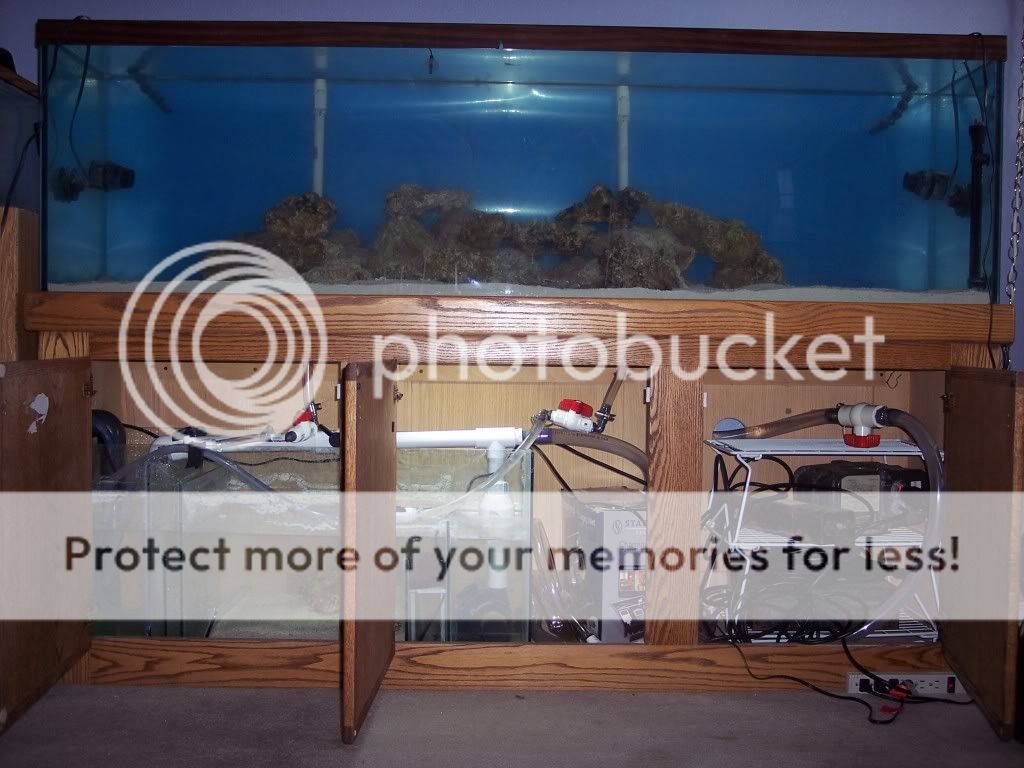
I wanted to use this thread to chronicle my efforts to eradicate the various algae outbreaks currently running rampant in my aquarium. I hope that this thread may help my fellow and future reefers avoid some of the mistakes that led to the state of my tank today. By providing a detailed account of the circumstances leading to my tank conditions today and the steps I am taking to correct this situation, other aquarists may be able to use this post for suggestions on battling their own algae outbreaks. Hopefully by the end of this post, I will have my beautiful aquarium back again. I would also like to quickly point out that the methods that work (or don’t work) for me may perform differently in your situation and I encourage you to research all your options thoroughly before taking any action on your own tank.
I should first start at the beginning. I set up my 125 gallon, bottom drilled tank last February, 2009. It was then that I made my first (and probably most influential) mistake: I filled my shiny new tank with 100 gallons of dechlorinated tap water. This was, of course, before I discovered this wonderful forum! Like most of my equipment, my lighting fixture was bought used from Craig’s List. It featured 3, 175 watt metal halide bulbs and 2 72” VHO actinic bulbs, one white and one blue. This sets me up for my second mistake….not immediately replacing the metal halide bulbs. I had no idea how old they were, and, at the time, didn’t understand that their light spectrum changes as they age. I figured, they were not burned out and cost anywhere between $50-120 per bulb to replace, so why do it now? I did, however, replace both actinic bulbs.

At the same time, I installed and set up my 40 gallon sump. Here’s where I made my third mistake (I think). In the refugium section of my sump, I laid down a 3.5” “deep sand bed”, which turned out to be too shallow to be of any benefit. Instead, I made a fantastic nutrient and nitrate trap. Likewise, I had installed a filter pad just prior to my return pump to catch debris before dumping back into the tank. These are also nitrate and nutrient traps. I also added a clump of chaeto and hung a 23 watt compact fluorescent light over it.

Last edited:


